Forest Hills Cemetery
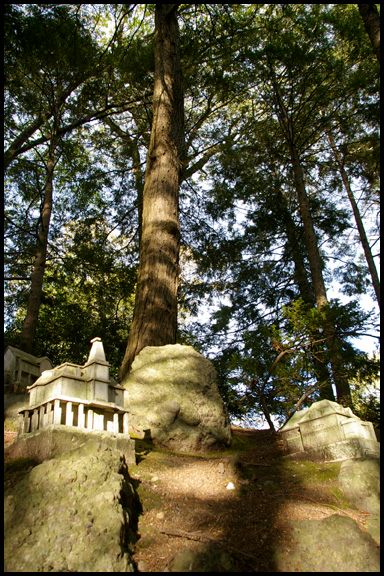
Forest Hills Cemetery in Boston is an active and historic burying ground, and also a sculpture park. These tiny cement houses were new to us, but I bet they've been there for a while. The sculptures used to have plaques identifying them and their artists, but they seem to be gone.
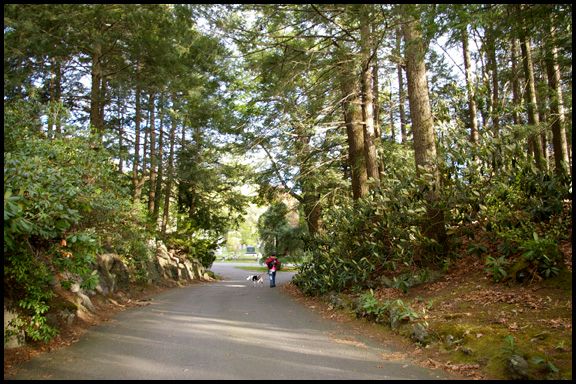
I think we'd never happened to wander down this path before. The little houses are on the left hand slope.
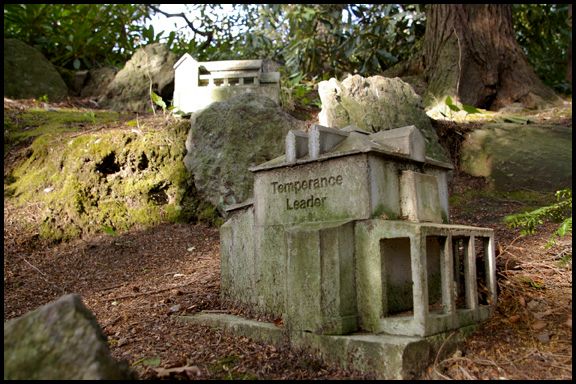
Are the words supposed to indicate who lives in each house? Or are they all aspects of a single person memorialized by the houses?

You could easily be both a temperance leader and a wagon driver. (Well, not nowadays, but back when those were things that people were.)
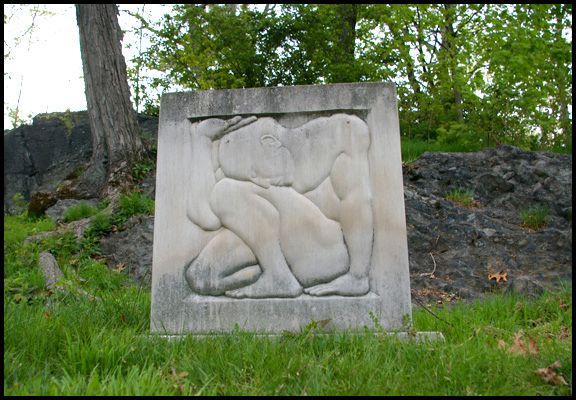
Sometimes it's hard to tell what is sculpture and what is a memorial.
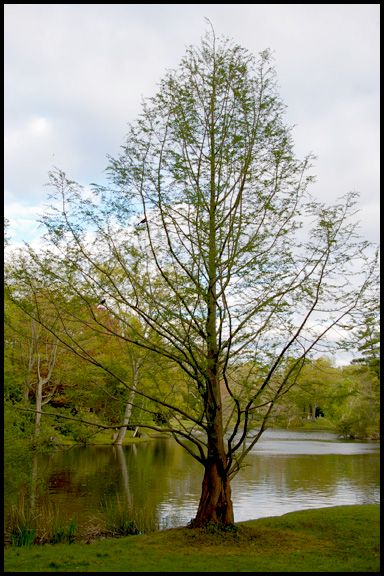
Oh, Forest Hills is also an arboretum. This is a dawn redwood or metasequoia. This species was discovered as a fossil in China in 1941, then some living trees came to light a few years later (presumably the local people knew of them, but they came to the attention of botanists). In 1948 samples were brought back to Harvard's Arnold Arboretum, which has a collection of a dozen or more in a swampy area by the road. Wikipedia describes the tree as a "popular ornamental," but the only place outside of Boston I've seen one is at the Oregon State Capitol grounds.
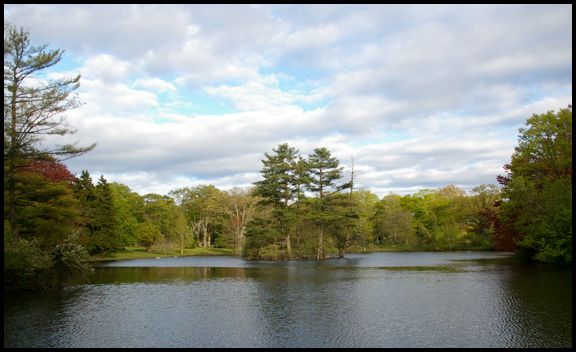
Forest Hills is a very pretty park, as well. It's hard to see here, but there are two double-crested cormorants standing on the rocks on the island.
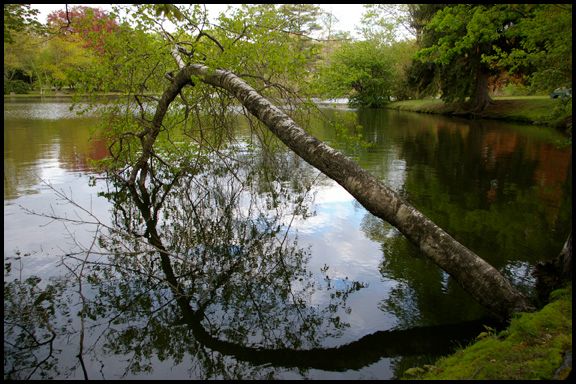
A birch tree bends its long neck to drink from the pond.
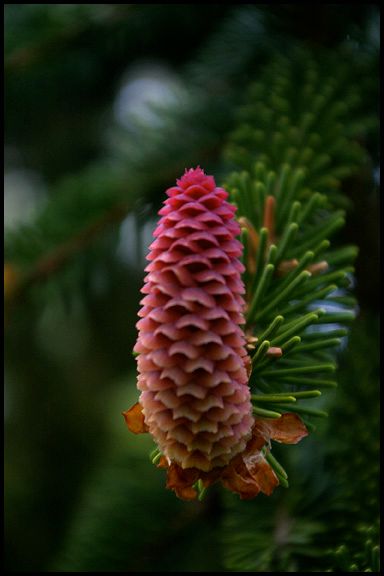
A developing spruce cone provides some unusual spring color.
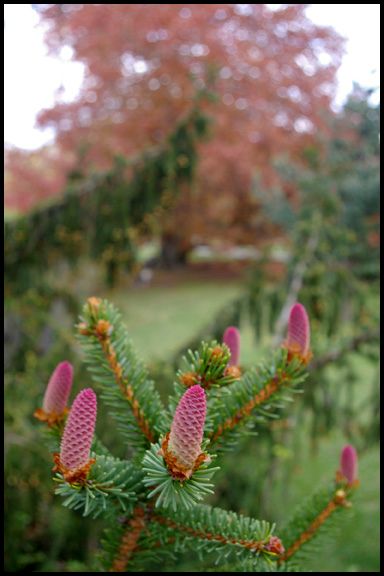
Pink spruce in the fore, pink beech in the back.
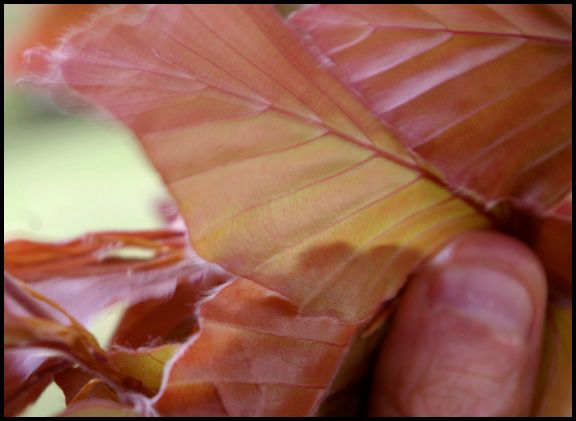
These fresh spring leaves belong to a strain of European beech tree that has purplish leaves year-round.
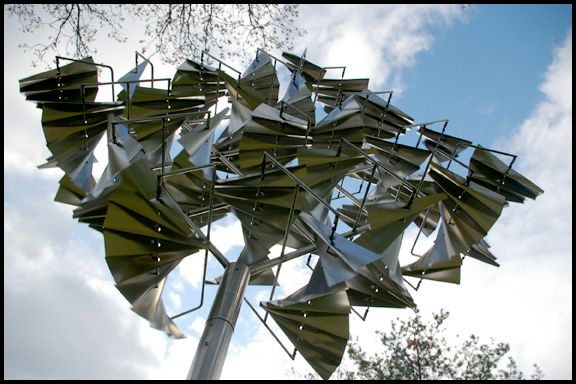
This is a kinetic sculpture--the individual leaves spin in the wind, and the whole "tree" expands and contracts. It's pretty mind-blowing to watch on a windy day.
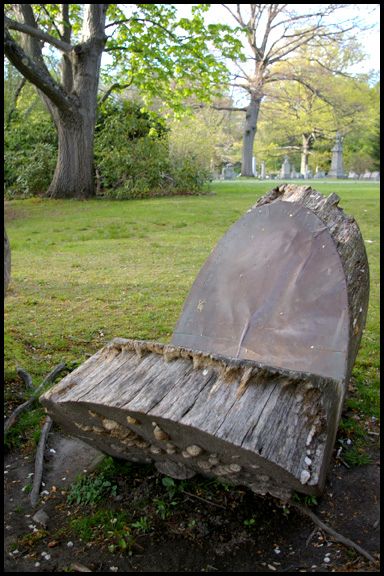
There are several of these functional sculptures around the pond--large chunks of oak log sawed into chairs with sheet copper lining. Words are pressed into the copper. I love it when public art interacts with the environment.
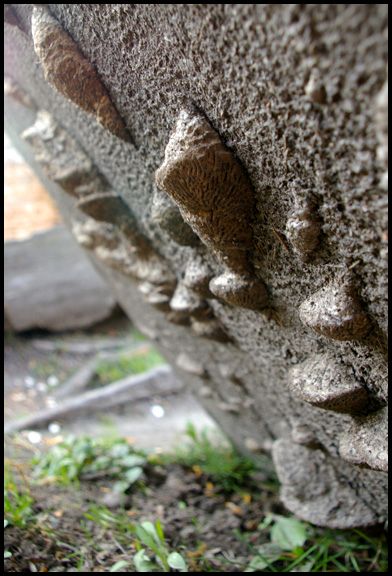
Here the environment is interacting with the public art, as oak maze-gill mushrooms have colonized it.